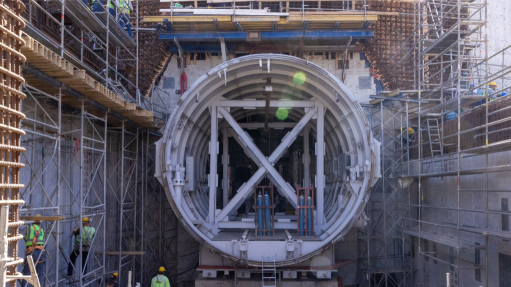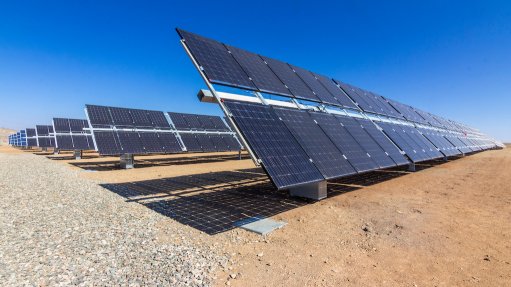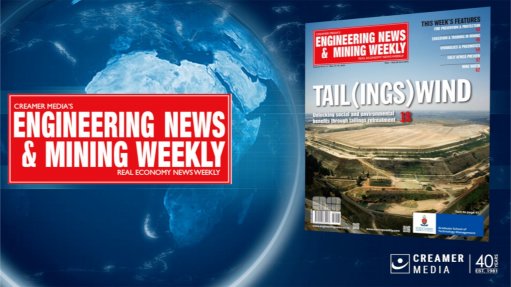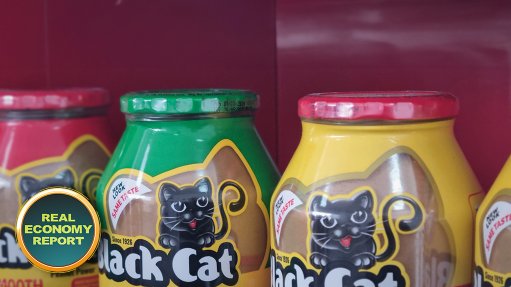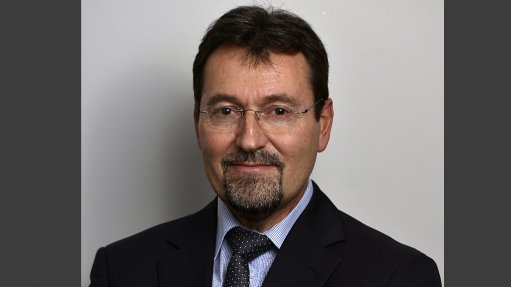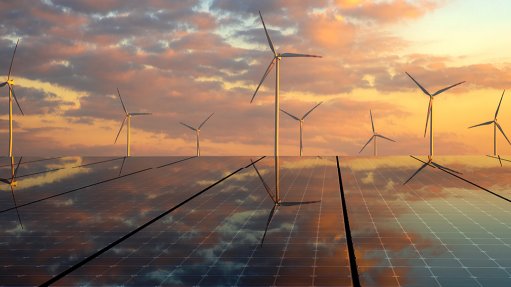Infrastructure financing à la Ethiopia
Media reportage on Egypt and Ethiopia during the past few years has emphasised the simmering tension between the two countries. The bone of contention is the Grand Ethiopia Renaissance Dam (GERD), which the Horn of Africa country is building on the headwaters of the Blue Nile, one of the two major tribu- taries of the Nile river, upon which downstream Egypt, an arid to semi-arid country, depends for nearly all its water needs.
A $4.8-billion monstrosity, the GERD will generate 6 000 MW of hydroelectricity, much of which will be exported, mostly to Ethiopia’s neighbours in the East African region, earning the country – one of the poorest on earth – about $1-billion a year in much-needed foreign currency. The project will also substantially improve access to electricity from only 25% currently.
The GERD will be Africa’s largest hydroelectric scheme and the seventh-largest of its kind in the world. Construction, which started in 2011, had reached the 60% completion mark by the end of last year.
Egypt has always opposed the project, arguing that it will disrupt the flow of the Nile to its nigh-100-million citizens and potentially disrupt its agricultural and industrial sectors. According to some estimates, the flow to Egypt will decline by as much as 25% during the filling of the dam reservoir, a process that may take up to 15 years. This will result in the loss of the electricity generated at Egypt’s massive Aswan High Dam by about one-third.
Ethiopia is adamant that the dam will not harm Egypt’s interests and rejects the latter’s right to 55.5-billion cubic metres a year of the Nile’s waters, granted by a 1959 agreement between Egypt and Sudan, through which the Blue Nile runs for much of its length before joining the White Nile and flowing on into Egypt. Ethiopia was not a signatory to this accord.
Egypt’s short-lived President Mohamed Morsi – who is languishing in jail for offences that include espionage – once threatened to unleash fire and brimstone if the Ethiopians did not halt construction. Abdel Fattah el-Sisi, who toppled him in a 2013 coup, has been more conciliatory, signing a declaration of principles on the project with his Sudanese and Ethiopian counterparts in 2015. This paved the way for the Tripartite National Committee on the Renaissance Dam (TNCRD), which was set up to determine the effects of the dam on the flow of the Nile’s waters into Sudan and Egypt.
Negotiations under the auspices of the TNCRD have, however, not yielded much positive result, prompting the Egyptians to suggest that the World Bank be roped in as a technical party that would have the authority to give its neutral opinion of the dam’s construction process. But the Ethiopians are having none of this, with the country’s Prime Minister, Hailemariam Desalegen, stating in January: “Seeking professional support is one thing; transferring it to an institution is another thing. So, we told them that this is not acceptable [to us].”
The GERD may be mired in controversy, but it does offer a useful lesson in financing massive infrastructure projects that other cash-starved African countries may want to emulate.
The parastatal Ethiopian Electric Power Corporation is financing 80% of the GERD project’s total cost using its own resources and money borrowed from State-owned banks. The balance of 20% will come from the public and takes many forms, including donations from civil servants equating to their monthly salary, paid over a period. Ethiopians in the diaspora are also making donations – both in cash and kind.
The fundraising push has also included bonds sold to individuals, private companies operating in the country and foreign countries such as Djibouti, as well as lottery draws. What’s more, musical concerts are being held to not only raise funds but also ensure that the GERD remains top of mind among the public.
The Ethiopian government reported in August 2017 that it had collected $460-million from the public for the project, which was $100-million off its target of $560-million.
Comments
Press Office
Announcements
What's On
Subscribe to improve your user experience...
Option 1 (equivalent of R125 a month):
Receive a weekly copy of Creamer Media's Engineering News & Mining Weekly magazine
(print copy for those in South Africa and e-magazine for those outside of South Africa)
Receive daily email newsletters
Access to full search results
Access archive of magazine back copies
Access to Projects in Progress
Access to ONE Research Report of your choice in PDF format
Option 2 (equivalent of R375 a month):
All benefits from Option 1
PLUS
Access to Creamer Media's Research Channel Africa for ALL Research Reports, in PDF format, on various industrial and mining sectors
including Electricity; Water; Energy Transition; Hydrogen; Roads, Rail and Ports; Coal; Gold; Platinum; Battery Metals; etc.
Already a subscriber?
Forgotten your password?
Receive weekly copy of Creamer Media's Engineering News & Mining Weekly magazine (print copy for those in South Africa and e-magazine for those outside of South Africa)
➕
Recieve daily email newsletters
➕
Access to full search results
➕
Access archive of magazine back copies
➕
Access to Projects in Progress
➕
Access to ONE Research Report of your choice in PDF format
RESEARCH CHANNEL AFRICA
R4500 (equivalent of R375 a month)
SUBSCRIBEAll benefits from Option 1
➕
Access to Creamer Media's Research Channel Africa for ALL Research Reports on various industrial and mining sectors, in PDF format, including on:
Electricity
➕
Water
➕
Energy Transition
➕
Hydrogen
➕
Roads, Rail and Ports
➕
Coal
➕
Gold
➕
Platinum
➕
Battery Metals
➕
etc.
Receive all benefits from Option 1 or Option 2 delivered to numerous people at your company
➕
Multiple User names and Passwords for simultaneous log-ins
➕
Intranet integration access to all in your organisation






